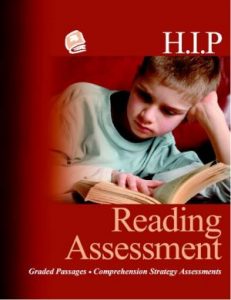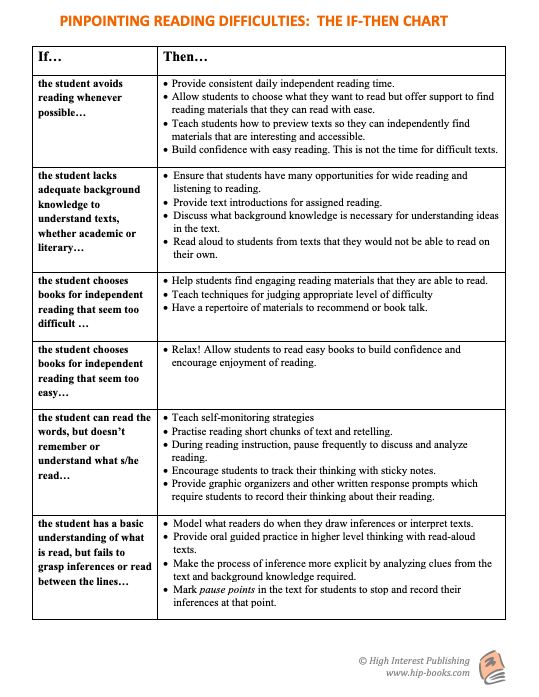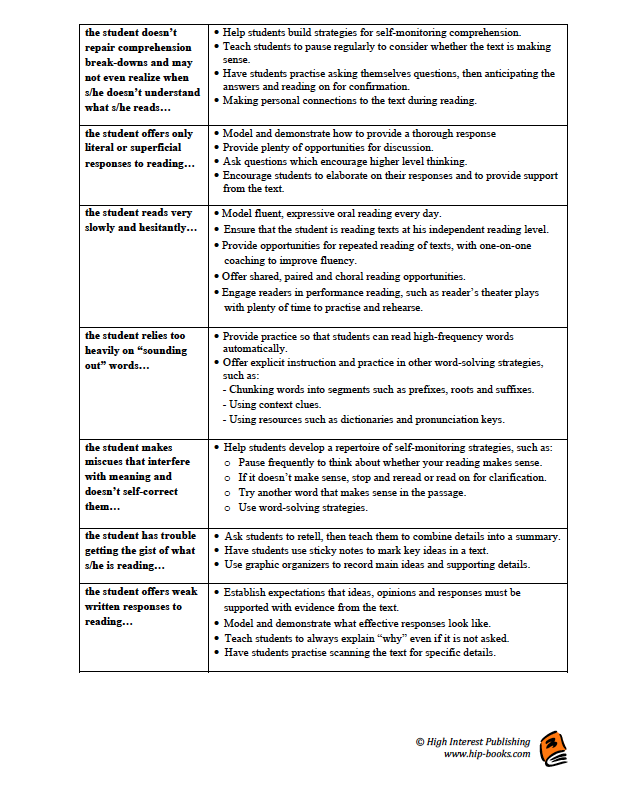EFFECTIVE INSTRUCTION STARTS WITH ASSESSMENT
How can we double student learning gains this year?
According to numerous empirical studies, the answer is formative assessment.
It doesn’t take a fancy test to tell which of our students are reading below grade level; we can usually figure that out pretty quickly. What we need to know is why these students are not reading at grade level, at what level they are reading, and, most importantly, what instructional supports they need in order to progress from where they are to where we want them to be.That’s why assessment is so important; it enables us to gather information about our students’ strengths and needs as readers in order to plan instruction that is best for them.
A 2023 study on The Value of Using Tests as Tools for Learning found that frequent and varied quizzes can dramatically improve “long-term retention and the creation of more robust retrieval routes for future access. Some takeaways from this study:
- Test frequently, but vary the testing formats.
- Use tests before learning as well as after learning.
- Consider occasional group tests and games.
- Teach students to test themselves on comprehension.
Dipsticks! Assessment is like a dipstick, dipped in to measure how well students understand a concept at a given point in time, in order to plan for further instruction or support. Click here for a comprehensive list of 53 ways to check for understanding.
ORAL READING RECORDS
The best way to determine what our students know and can do is to simply listen to them read and talk to them about their reading. An oral reading record (sometimes called a “running record” or “informal reading inventory”) is conducted by listening to the student read aloud and recording the errors, or “miscues” made in word accuracy. For students beyond primary, it’s important to also include a comprehension check, such as questions or retelling (or both), and sometimes a fluency analysis. This one-on-one assessment enables the teacher to observe each student’s reading behaviors and attitudes and provides invaluable data about a student’s strengths and weaknesses as a reader.
Read more at INDIVIDUAL ORAL READING ASSESSMENTS? WHO HAS TIME?
The HIP READING ASSESSMENT consists of a set of 20 graded passages, from Grade 3 to Grade 8 reading levels, with literal, inferential and vocabulary questions and detailed instructions for administration. The HIP 3-MINUTE READING CHECK can provide a rough guideline for what level to start with for each student.
WHAT AN ORAL READING RECORD CAN TELL US
- Word level accuracy: What percentage of the words in the passage did the student read automatically? Which words did he or she manage to figure out without help?
- Word solving strategies: What kinds of strategies does the reader use to solve unknown words?
- Self-correction habits: Does the reader correct his/her own errors? How often do word-level errors interfere with the meaning of the passage?
- Fluency: Does the student read with appropriate speed, phrasing and expression? Does he/she “sound out” too many words or pause at inappropriate places?
- Comprehension: Can the reader understand and interpret what is said in the text?
- Comprehension Strategies: Is the student able to draw inferences about the text? Can he/she explain any strategies he used to make sense of the text?Can he/she provide evidence from the text to support his/her thinking?
- Reading “behaviors”: Is the reader engaged or disinterested, calm or nervous, positive or negative about the reading experience? Does he/she frequently hesitate during the reading, repeat phrases or lose his/her place in the text?
- Reading “level”: How well does this reader cope with text at a particular level? What levels of texts can he/she read with ease? What can he/she read with support?
WHAT DO READING LEVELS MEAN?
Reading levels are simply a guide for the degree of text difficulty a student can manage independently or requiring teacher support. The generally accepted guidelines for reading levels are based on research conducted by Emmett Betts in 1948:
- If a student can read every word with ease and understand the passage thoroughly, that text is considered to be at the student’s independent level. This is the degree of text difficulty recommended for independent reading practice.
- If a student can read most of the words, with a few errors, and/or have a general, but not in-depth, comprehension of the text, it is considered to be at the student’s instructional level. This is the level recommended for instruction, as it stretches the student beyond where he/she is, with teacher scaffolding.
- If a student makes numerous errors in word accuracy (more than 1 in 10) and/or has a marginal understanding of the overall text, it is considered to be at the student’s frustration level. Extensive teacher support will be needed to help the student navigate texts at this level.
“Leveled reading” has had a bad rap lately, and not without reason. Read more in the Support for Struggling Readers Blog post, “On the Level with Leveled Reading”.
THE IF-THEN CHART
Reading levels do not always indicate specific reading difficulties. In fact, different students can have quite different needs, even if they’re at the same instructional reading level. The IF-THEN CHART is a “cheat sheet” to help teachers pinpoint specific reading issues and provide support as needed.
Click here or on either image below to download the 2-page IF-THEN CHART.




